Amongst the most recognizable coins in use in the US is the half dollar. The US Mint has produced a variety of Half Dollars over the years. They consist of the Silver Walking Liberties, which saw America through the Roaring Twenties and the close of World War II, and the Kennedy Silver Proof Half Dollars, memorializing President John F. Kennedy. Even now, The Mints still produces a wide range of commemorative editions.
Table of Contents
Key Takeaways
- The Kennedy half-dollar was first produced in 1964 in memory of President John F. Kennedy’s murder.
- Since each 1964 Kennedy half-dollar contained so much silver, they stood out among other coins.
- Compared to other metals, silver coins have a higher premium.
- Due to the sentimental worth of the coins, few people actually spent their half dollars, making them rare.
Brief History of the Kennedy Half Dollar
In recognition of President John F. Kennedy’s murder on November 22, 1963, the U.S. Mint created the 1964 Kennedy half dollar.
The Kennedy half dollar was created as soon as the President passed away so as to be in circulation by the beginning of January 1965. The U.S. Mint created and minted these new commemorative coins in less than a month.
The Peace dollar, Washington quarter, and Franklin half dollar were all to be replaced by the Kennedy half dollar. However, the U.S. Mint ultimately chose to replace the Franklin half dollar with advice from the president’s widow, Jacqueline Kennedy.
Gilroy Roberts, the U.S. Mint’s chief engraver, used Kennedy’s Presidential Medal to create the coin’s obverse to save time. Frank Gasparro, his assistant engraver, created the reverse of the coin using the President of the United States Seal.
After they made the initial sketches, Jackie, and Robert, the late president’s brother, expressed their opinion that the portrait’s depiction of the president’s hair was excessive and requested that it be adjusted.
Consequently, there are two circulation variants of the 1964 half dollar: the original with JFK’s hair overworked and the second with minor hair adjustments.
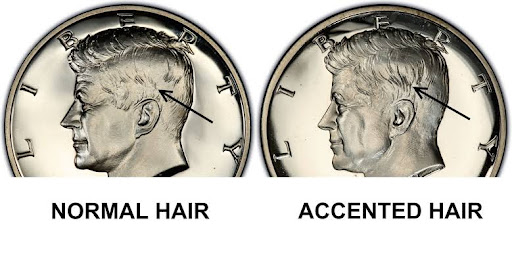
The coin’s composition was 90% silver and 10% copper for just that one year. Collectors fervently hoarded the Kennedy half dollars due to the late president’s popularity and the high silver bullion values of the era. The Mint made 156,205,446 coins with a 1964-D mint from the Denver mint and 273,304,004 coins with a 1964 date.
By 1965, the Mint had stopped making 90% silver half dollars and switched to an alloy of 40% silver, 75% copper, and 25% nickel.
Related: 1971 Half Dollar Value – Mint, Errors And Worth
Characteristics of a 1964 Kennedy Half Dollar
Below are the unique features of the 1964 Kennedy half dollar. It is worth noting that the engravers were particularly committed to creating a most beautiful coin that would convey the popularity and importance of the late president.
- Composition
The Kennedy half dollar was only produced on planchets made of 90% silver in 1964. The coin has a diameter of 30.61mm, a thickness of 2.15mm, and a weight of 12.5g. There are 159 reeds used to reed the edge.
- Mint marks
Mint markings are letters that show the location and date of a coin’s production. This particular symbol makes the mint accountable for the coin’s quality and validity, which was crucial when common coins contained valuable metals like gold and silver.
Two distinct mints produced the Kennedy half dollars:
- Philadelphia’s mint – There is no mark on coins struck in this mint.
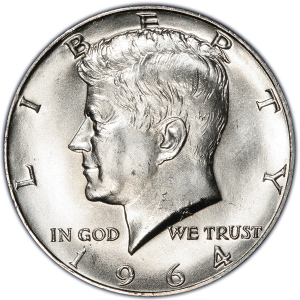
- Denver’s mint – Coins struck in this mint are marked with a D.
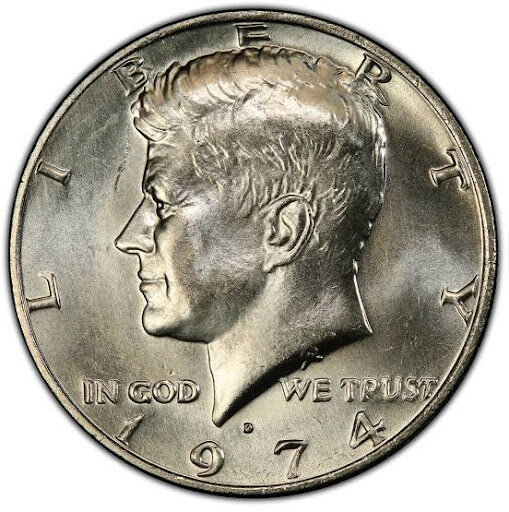
The mint mark for half dollars from 1964 is on the back of the coin, to the left of the eagle’s claw. The mint mark was moved from above the date to below Kennedy’s bust on the obverse side of the coin at the beginning of 1968. The Kennedy half dollars had no mint mark between 1965 and 1967.
- Design features
In the world of collectible coins, the proof form of the coin is extremely special because of the emphasized hair detail. In addition, other tiny alterations to the coin’s design were made that are more difficult to spot without expertise in this field.
The prevailing notion is that Jacqueline Kennedy, the first lady’s wife, requested further information about her late husband’s hair and intended to alter the original design.
The mints, however, could not produce all proof coins with the highlighted hair. As a result, only 1-3% of proof coins contain these features. Therefore, you should know that they are extremely uncommon and far more precious if you find them.
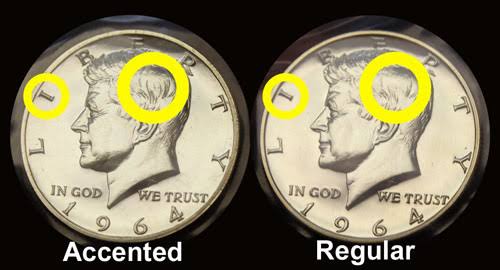
Related: Bicentennial 1776 to 1976 Half Dollar Value – A Complete Guide
Factors Affecting Rarity
- Mintage numbers
One main influencing element is the quantity generated or mintage numbers. Even in circulated condition, some coins, like the 1895-P Morgan silver dollar, have values in the five digits.
Other highly prized coins in almost any condition include the 1909-s VDB Lincoln cent and the 1933 St. Gaudens double eagle. Don’t be reluctant to ask the rare coin dealer you’re engaging with if you have a coin with a significant date but are unable to verify the mintage before selling it.
- Circulation
Coins that are excessively worn and damaged are taken out of circulation, so there is always a finite number of them left. A coin grows rarer and is worth more when there are fewer of them left in circulation. Coins from the Kennedy era are not very rare. The majority of them are only worth 50 cents on the face. Yet, depending on their condition and the year they were coined, some Kennedy half-dollars might be fairly valuable.
- Condition
In essence, grading establishes a coin’s condition, and its grade establishes its value. A 1964 Kennedy Half Dollar coin with a flawless mint grade is worth far more than an identical coin with a little flaw.
- Preservation
Only methods that eliminate grease and filth for cleaning old coins are acceptable. Typically, use a degreasing solvent or a soap solution for this. Avoid physical or chemical treatments since they create etching or pitting, which reduces the coin’s beauty and value. Additionally, these procedures eliminate chemicals that have built up through time on a coin’s surface and are a part of the coin’s history.
Related: The 1972 Kennedy Half Dollar Value, History, Errors & Mintage
How to Identify a Rare 1964 Kennedy Half Dollar?
- Comparison with Other Kennedy Half Dollars
While age and rarity are important components in assessing valuation, the condition may also be equally important. With a magnifying glass, examine the coin and note its condition in relation to other 1964 Kennedy Half dollars.
- Professional Grading
The coin grading process is intricate, and some collectors view it more as an art than a science. Collectors and investors frequently use third-party grading services (TPGs) to get expert assessments and grade assignments. The leading coin grading services include Professional Coin Grading Service (PCGS), Numismatic Guaranty Corporation (NGC), Independent Coin Graders (ICG), and ANACS.
A scale from 1 to 70 grades coins. Poor 1 may denote high circulation and a little discernible design. A coin with an MS 70 grade is flawlessly minted and completely uncirculated.
- Authentication
For a cost, of course, professional grading agencies in the field of numismatics, like PCGS or NGC, will grade your coins for you. These services’ grading aids in demonstrating the authenticity of your coin. Also, an impartial party’s examination means they won’t declare it to be of higher quality when it isn’t.
These companies carefully examine your coin to determine its quality. They then package it in a slab, which is a protective plastic case. They then use a sticker for authentication.
Kennedy Half Dollar 1964 Value
According to the NGC Price Guide, as of February 2023, a Kennedy Half Dollar from 1964 in the circulated condition is worth between $11 and $11.50. However, 1964 Half Dollars in pristine, uncirculated condition on the open market sell for as much as $5200.
1964 Kennedy Half Dollar Errors
There are different types of faults on the 1964 Kennedy half coins:
- Double Die Obverse FS-104
The PGCS defines first strike (F.S.) coins as coins that coin grading agencies receive within thirty days of the coin’s release date.
- Double Die FS-502
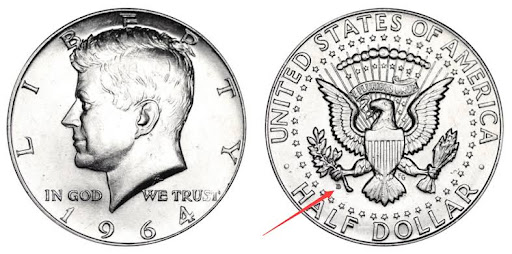
The mint mark D, which was re-punched to the north of the original mint mark, exhibits the die fault.
- Quadruple die obverse
The quadrupling is on the right side of the number 4, and the U of the phrase TRUST (IN GOD WE TRUST) on the coin’s year of issue.
- Double die obverse FS-106
The wording IN GOD WE TRUST is doubled on the double die obverse FS-106 variant.
What Makes a 1964 Kennedy Half Dollar Rare? FAQs
- How Do I Know If My 1964 Kennedy Half Dollar is Valuable?
These coins were produced in 277 million pieces by the U.S. Mint to be used in commerce. Nevertheless, there are a few scarce 1964 Kennedy half-dollar coins that you ought to hunt down. They include coins with accentuated hair and Special Mint Set coins with brilliant strikes and satin finishes.
- Which 1964 Kennedy Half Dollars are Worth the Most?
The 1964 SMS SP 68 Kennedy half-dollar.
Their typical cost is between $9.04 and $19. However, this specific Strike Specimen, whose value is $156,000, is a unit of the Special Mint Set.
- Which JFK Half Dollars are Valuable?
The 1970-dated coins and those bearing a Denver Mint mark are the most expensive Kennedy half-dollar coins (a “D”). They might be worth more than $100. Generally, a Kennedy half-dollar value identification is by the year and mint mark.
- How to Identify a 1964 SMS Kennedy Half Dollar
The Special Strike Kennedy Half Dollars from 1964 have very distinctive qualities not found on any other coins from the time. Look for an SMS Kennedy Half Dollar coin with the following characteristics.
- The strike is exceedingly crisp since both the obverse and the reverse have extremely fine features.
- The coins have a satin-like smooth finish, and their rims are extremely square and crisp.
- The surfaces of the coin have die-polishing lines.
- These have no signs of touch.
- The shiny surfaces typically present on proof coins are not present on these coins.
- Where is the Mint Mark on a 1964 Kennedy Half Dollar?
For 1964 coins, the mint mark is beneath the area where the eagle’s claws are holding the olive branch. For the gold 1964-2014-W edition, it was above the date on the obverse. The mint mark was absent on all coins produced between 1965 and 1967 and before 1980 by the Philadelphia Mint.
Related: 1972 Silver Dollar Value
Conclusion
The mint material, grading quality, mint flaws, and year of manufacturing all affect the 1964 half dollar value. If you wish to invest in purchasing or selling 1964 half-dollars, find coins online.

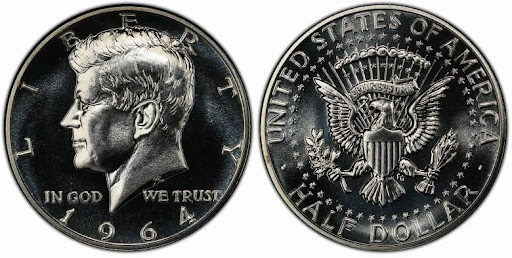
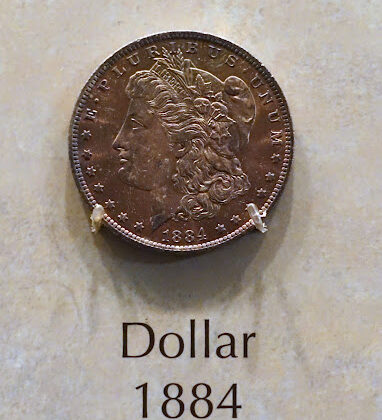
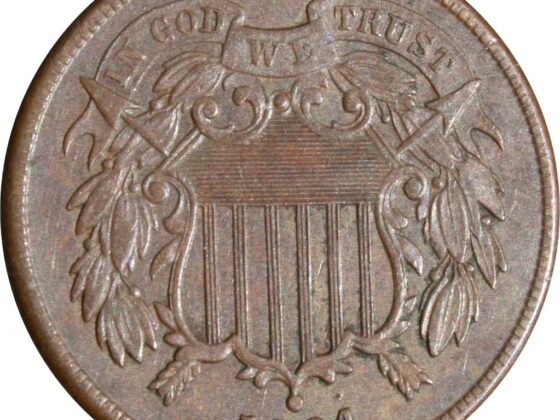
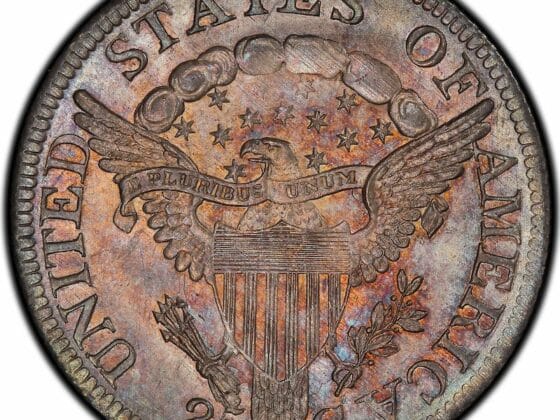
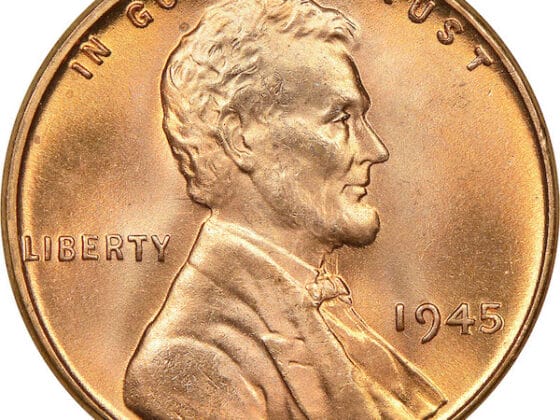
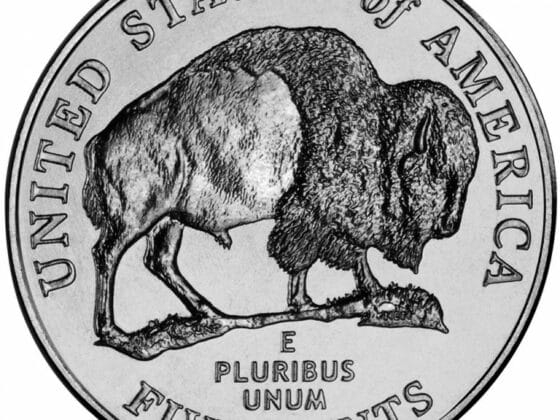
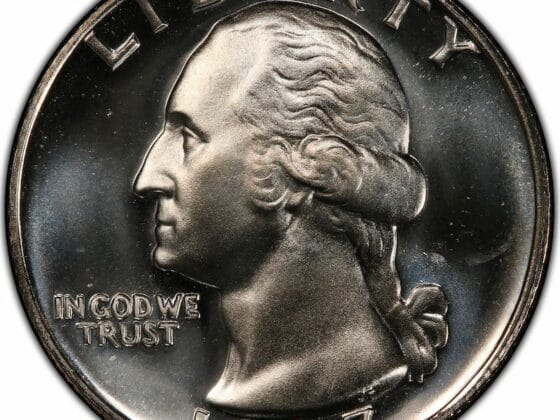
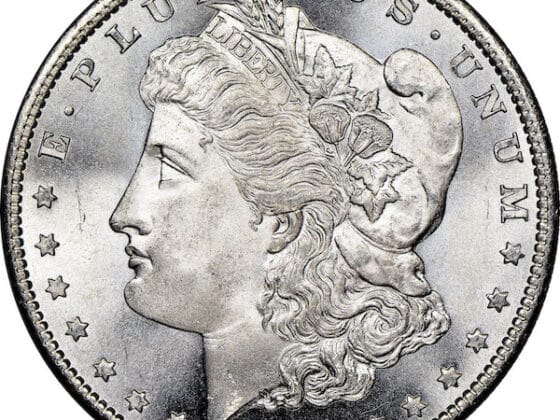
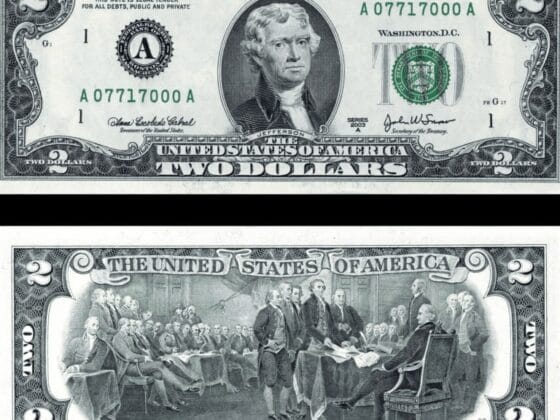
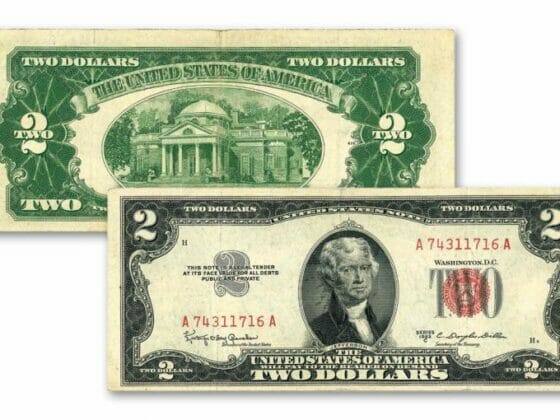
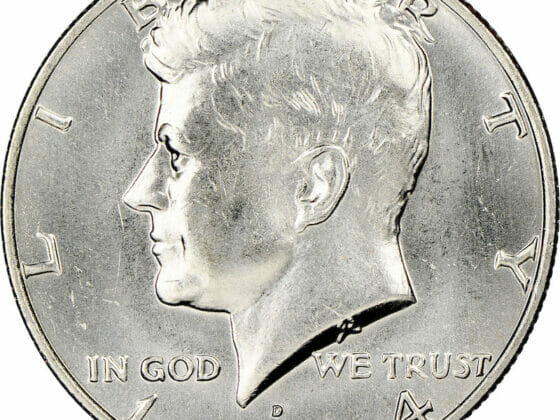
5 comments
I have a lot of old coins, wondering where or who I can check with to find out the value of them.
I have some of these coins and was thinking about auctioning off.
I have some coins mentioned. Sutch as a 1943 steel penny. And a few of the jfk doller coins. Two bicentennial. Would like somemore info. 707-590-0160. Or email. [email protected]
I have some where can l sell them
I have a 1965 coin with JFK on it
Comments are closed.